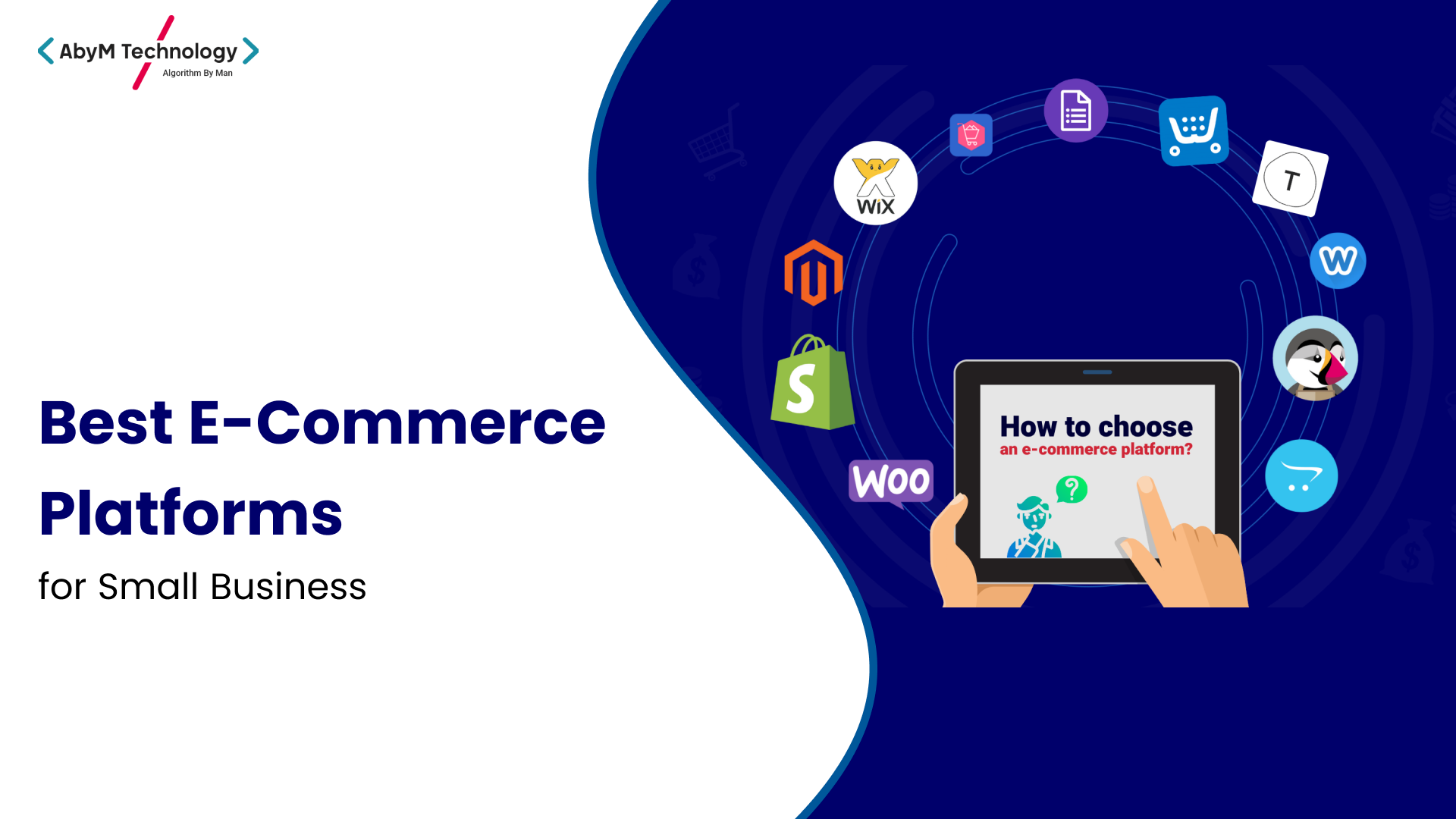How To Get Funding for Startup

Starting a business can be an exhilarating experience, but one of the biggest challenges new entrepreneurs face is securing the funding they need to bring their vision to life. Whether you’re building a tech startup, opening a retail business, or launching a new service, having enough capital is crucial for growth and success. In this blog, we’ll explore various strategies and options available to help you secure funding for your startup.
1. Understand Your Funding Needs
Before you start seeking funds, it’s important to understand exactly how much money your startup requires and for what purposes. Break down your financial needs by covering:
-
Operational Costs: Salaries, utilities, office rent, software subscriptions, and other ongoing costs.
-
Marketing & Sales: Budget for advertising, social media, events, and sales efforts.
-
Product Development: Costs related to prototyping, testing, and product refinement.
-
Miscellaneous Expenses: Legal fees, insurance, and other overheads.
Understanding your needs will help you determine the amount of funding required and make it easier to approach potential investors or lenders with a clear plan.
2. Bootstrapping: The Self-Funding Approach
One of the most common ways to finance a startup is through bootstrapping—using your own savings or income from another job to fund your business. While this approach can be tough, especially in the early stages, it has several benefits:
-
Complete Control: You don’t have to answer to investors or give up any ownership.
-
No Debt: Unlike loans, bootstrapping doesn’t come with any repayment obligations.
-
Builds Discipline: You learn how to manage your funds effectively, which can be an advantage as you scale.
However, bootstrapping can limit the amount of capital you can invest in your startup, so it’s best for businesses with lower initial expenses.
3. Seek Angel Investors
Angel investors are individuals who invest their personal wealth in startups in exchange for equity or convertible debt. These investors typically provide seed funding in the early stages of a startup’s lifecycle. To attract angel investors:
-
Develop a Solid Business Plan: Clearly outline your business model, growth potential, and how you plan to use the investment.
-
Network: Attend startup events, pitch competitions, or engage on platforms like AngelList.
-
Highlight Your Passion: Investors often invest in people as much as ideas. Your enthusiasm and commitment to your business can make a big difference.
While angel investors can provide valuable funding, they may also expect a high return on investment (ROI) and might take an active role in the company.
4. Venture Capital Funding (VC)
Venture capital (VC) firms are professional groups that invest in startups and small businesses in exchange for equity. VCs typically provide funding in larger amounts compared to angel investors and often get involved with more established startups that have demonstrated growth potential. Here’s how to approach VC funding:
-
Refine Your Pitch: Make sure your pitch deck is compelling, with a strong focus on scalability, market opportunity, and a clear exit strategy for investors.
-
Research VC Firms: Identify VCs that focus on your industry or business model. Look for firms that have experience with startups like yours.
-
Prepare for Due Diligence: VCs conduct thorough background checks before making investments. Be ready to share financial statements, customer data, and future projections.
VC funding is highly competitive and usually comes with a lot of strings attached, such as ownership dilution and influence over company decisions. However, the right venture capital firm can provide not just funding but strategic guidance and valuable networks.
5. Crowdfunding: Rallying Your Community
In the age of social media, crowdfunding has become a popular method for startups to raise funds. Platforms like Kickstarter, Indiegogo, and GoFundMe allow you to present your idea or product to the public, who can then pledge money to support your project. Here’s how to succeed with crowdfunding:
-
Create an Engaging Campaign: Your crowdfunding page should clearly explain what your startup is, why it’s exciting, and how it benefits backers.
-
Offer Rewards: In return for their contributions, offer rewards like early product access, limited-edition items, or recognition on your website.
-
Promote Your Campaign: Share your crowdfunding campaign through social media, email marketing, and other online channels to reach your target audience.
Crowdfunding allows you to raise capital without giving up equity or taking on debt. However, it can be time-consuming and requires significant marketing effort to succeed.
6. Government Grants and Loans
Various government programs offer financial assistance to startups. These include both grants (which do not need to be repaid) and loans (which require repayment with interest). Government-backed loans and grants are designed to encourage innovation and economic growth. Some common options include:
-
Small Business Administration (SBA) Loans: These loans are designed for small businesses in the U.S. and offer favorable terms such as lower interest rates and longer repayment periods.
-
Research & Development (R&D) Tax Credits: If your startup is involved in technological development or innovation, you may qualify for government tax credits that reduce your overall tax burden.
-
Local or State Grants: Many states and local governments provide grants to encourage entrepreneurship, particularly for businesses in certain industries (e.g., tech, healthcare, sustainability).
Check your local government’s website for specific programs that apply to your startup. Securing government funding can be challenging due to competitive application processes, but it’s worth exploring.
7. Bank Loans and Lines of Credit
Traditional bank loans are another option for financing your startup, although they tend to come with strict requirements and higher interest rates. A bank loan is a one-time lump sum that you repay with interest over time, while a line of credit gives you access to a specific amount of credit that you can draw from as needed.
Bank loans typically require:
-
Strong Credit History: Banks will look at your credit score to assess your risk.
-
Collateral: You may need to offer assets such as property or equipment to secure the loan.
-
A Solid Business Plan: Be prepared to provide detailed financial projections and a clear plan for using the funds.
While bank loans can provide significant funding, they also come with the pressure of repayment, which can be difficult for early-stage startups with inconsistent cash flow.
8. Accelerators and Incubators
Startup accelerators and incubators offer not just funding, but also mentorship, networking, and resources to help your business grow quickly. These programs often focus on specific industries, such as technology or healthcare, and provide startups with seed funding in exchange for equity.
Examples of well-known accelerators include:
-
Y Combinator
-
Techstars
-
500 Startups
These programs provide intensive support over a set period, often culminating in a “demo day” where startups pitch their business to investors. The competition is fierce, but the benefits of mentorship and networking can make the investment worth it.
Conclusion
Securing funding for your startup can be challenging, but there are a variety of options available to entrepreneurs. Whether you choose to bootstrap, pitch angel investors, or explore crowdfunding, it’s important to have a clear understanding of your funding needs and a well-prepared strategy. Each funding option comes with its pros and cons, so consider your business’s stage, goals, and potential risks before making a decision.
FAQ Section: Securing Funding for Your Startup
1. What is the best way to fund a startup?
The best funding method depends on your startup’s stage, industry, and financial needs. Bootstrapping is ideal for maintaining control with limited funds, while angel investors or venture capital are better for rapid scaling. Crowdfunding works well for consumer-focused products, and government grants or loans are great for businesses in specific sectors like tech or sustainability.
2. How much funding should I ask for?
Calculate your funding needs by analyzing operational costs, marketing expenses, product development, and miscellaneous costs. Create a detailed financial plan to justify the amount, ensuring it covers your needs for at least 12-18 months while showing potential investors a clear path to profitability.
3. What do investors look for in a startup?
Investors typically look for a strong business plan, a scalable business model, a passionate and capable team, market potential, and a clear use of funds. They also value traction (e.g., early sales or user growth) and a well-defined exit strategy, such as an acquisition or IPO.
4. How can I attract angel investors?
To attract angel investors, develop a compelling business plan, create a concise pitch deck, and network at startup events or platforms like AngelList. Highlight your passion, demonstrate market demand, and show how their investment will yield a high return.
5. What’s the difference between angel investors and venture capital?
Angel investors are individuals who invest personal funds in early-stage startups, often providing smaller amounts and mentorship. Venture capital firms invest larger sums in more established startups with proven growth potential, often taking a more significant equity stake and active role in decision-making.










